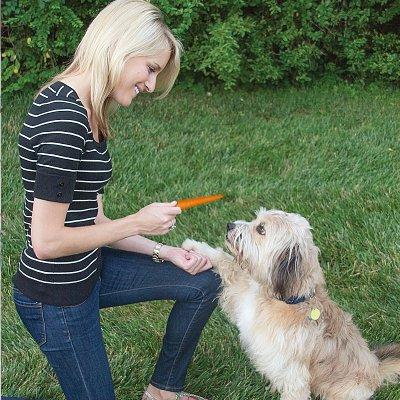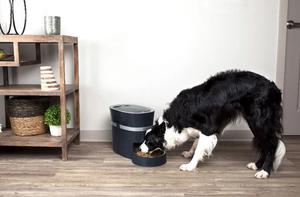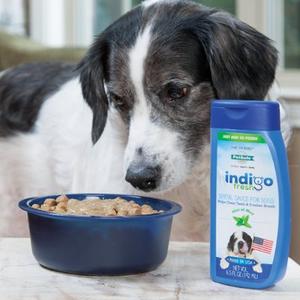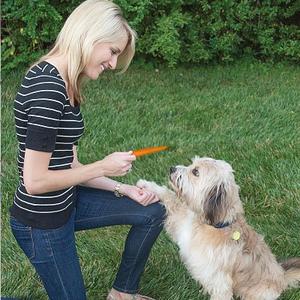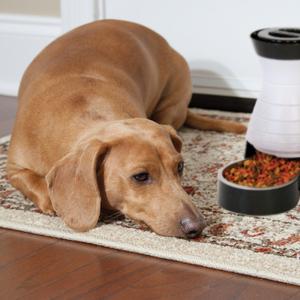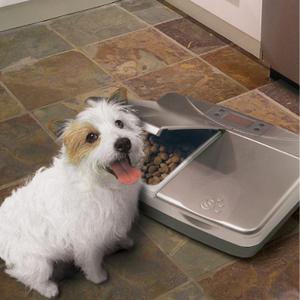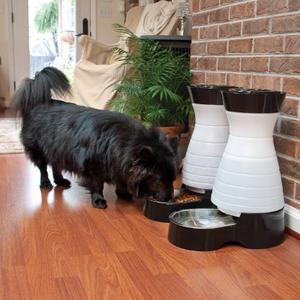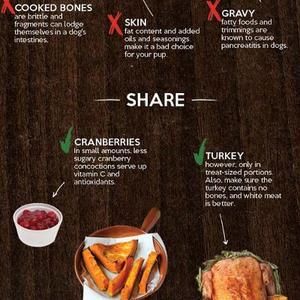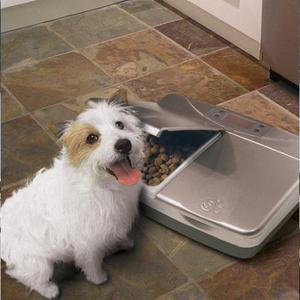One of the hottest pet food topics in recent years is raw food diets. When it comes to the subject of raw diets, people have very strong opinions. They are either for them or against them. Both sides are very passionate. But when it comes to the health of your dog or cat, you don't want to take any chances. If you're thinking about feeding your pet a raw diet, you will need some facts, and you'll need to know the risks.
Who Came Up With the Idea of a Raw Food Pet Diet?

In the past, raw meat was usually only fed to racing greyhounds and sled dogs. Then in 1993, a book was published that changed the way many people fed their dogs. It was called "Give Your Dog a Bone." It proclaimed the benefits of feeding your own dog a raw diet. Wolves only ate raw meat. Your dog is related to the wolf. Therefore, your dog should be eating raw meat.
The author (a veterinary surgeon) reasoned that commercial dog food was responsible for all the ailments of the modern dog. Skin problems, arthritis, gastrointestinal problems, orthopedic problems would all go away if you would feed your dog raw meat. This book started the raw food movement. Of course, many more books were to follow. Now, recipes are readily available on the internet. You can even buy them in some pet stores.
What Is a Raw Food Diet?

As the name suggests, the main ingredients are raw meat (muscle and/or organ meat), raw eggs, raw bones, fruits and vegetables. These diets can be made at home or purchased commercially. Raw diets that you buy in the store may be frozen or freeze-dried. Some look like dry kibble, but have a raw meat coating.
Why Do People Feed Pets a Raw Food Diet?
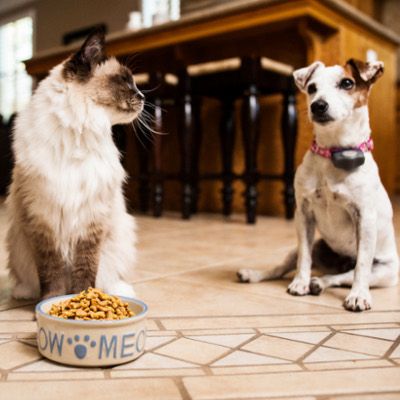
Some people think that cooking kills important enzymes. Not true. Digestive enzymes do not come from the food we eat. These enzymes are already in the digestive tract of your dog and cat (and you!).
Some people believe that grains are bad for dogs and cats. They think that their digestive tract cannot make use of grain. This is not true. Grains are not just "fillers". They can provide high quality proteins, vitamins and minerals. They are also very unlikely to cause an allergic reaction.
By-products have gotten a bad name. Many people think that they are harmful. They are really just the parts of the animal not normally eaten by people in this country. They are not feathers, hooves, hair, or teeth. By-products can have superior nutrition. Liver, kidney and lung are a few of the things that are included in the category of "by-products".
People say that raw food makes their pet's hair shiny and skin healthy. This is probably true since raw diets tend to be high in fat. They say there is less stool produced. Also, probably true since raw diets are pretty highly digestible, so there is less waste. But, you can get these same positive results with a cooked diet without the risks associated with feeding a raw diet.
What Are the Risks of Feeding Pets a Raw Food Diet?

Many people think that it is safe to feed raw meat that has been frozen. Freezing raw meat will not kill bacteria. Many bacteria will survive freezing and even freeze-drying.
Just look at the FDA recall list. There have been numerous recent recalls involving raw pet food (and people food) that have been contaminated with Salmonella and Listeria. These are products that had been either frozen or freeze-dried. These bacteria can infect your dog or cat. And these bacteria can make you and your pet sick. Signs of infection can include abdominal pain, diarrhea, fever, lethargy, and anorexia. The very young or immunocompromised are most at risk.
Besides the risk of bacterial infection, there is worry over nutritional imbalances. Several major studies, both in the United States and Europe found that the majority of homemade raw diets were seriously unbalanced. These imbalances may not be immediately obvious. Problems can show up later in life. By this time, it may be too late for your veterinarian to do anything about it.
What Do Veterinarians Think about the Risks of Feeding Raw?

The American Veterinary Medical Association (AVMA), The American Animal Hospital Association (AAHA), The U.S. Centers for Disease Control (CDC), and the U.S. Food and Drug Administration (FDA) are just a few that have taken a stand against feeding raw meat diets to pets. The FDA and CDC have made statements expressing concern about public health risks.
Veterinary groups are concerned for the public's health as well as the health of the pets. They are also concerned about the risk of nutritional deficiencies that can happen when pets eat a raw diet.
You may choose to feed a raw, cooked, or commercial diet. The choice is yours. Whichever diet you choose, be sure that you make the healthiest choice for your entire household.

